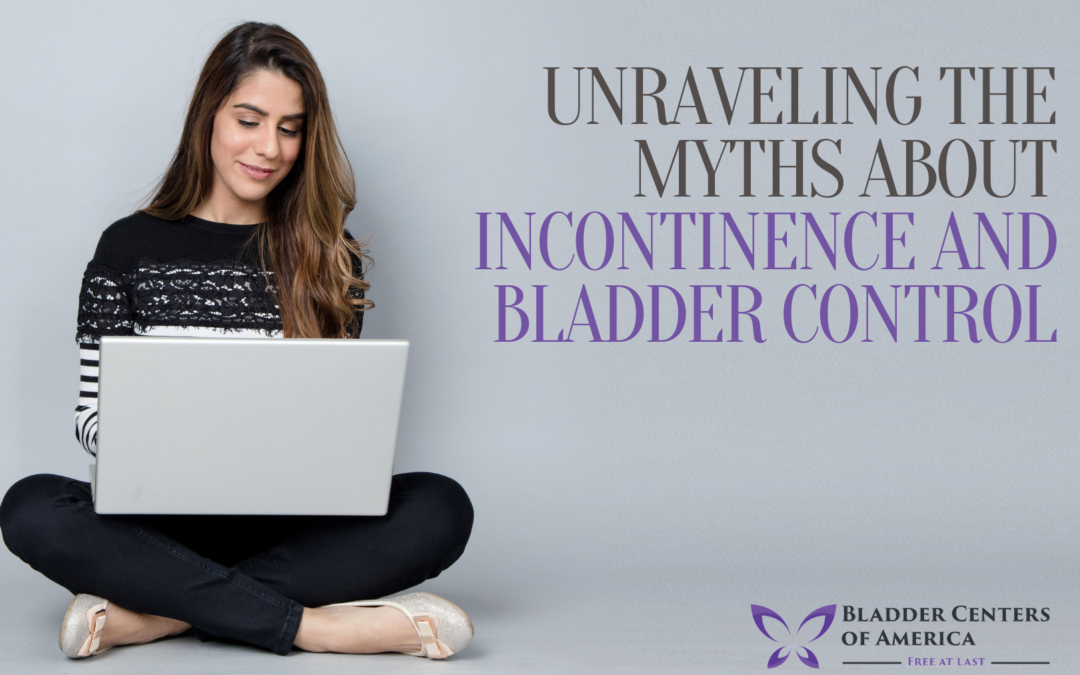Urinary incontinence affects up to 30% of adults, but bladder control is still considered a taboo subject. Despite its prevalence, there are still many misconceptions about what causes incontinence and how it can be managed.
This blog post seeks to dispel these myths as well as provide insight into the different bladder control techniques available to help manage incontinence.
Definition of Incontinence
Incontinence is the loss of bladder and bowel control, which can lead to the involuntary passing of urine or feces. It affects men, women, and children of all ages.
While it may be caused by a range of physical, psychological, or neurological conditions, it’s often treatable with lifestyle changes, medications, or even surgery. Understanding what incontinence is and how it can be treated will help sufferers feel more in control.
Common Causes of Incontinence
Incontinence is a multi-factorial condition with physical, psychological, and neurological causes. Common physical causes include weak pelvic floor muscles, an enlarged prostate in men, or childbirth in women.
Psychological causes can be related to stress or depression, while neurological conditions such as multiple sclerosis or strokes can also cause incontinence. In some cases, the exact cause can remain unknown, but it’s important to seek medical advice if you experience any bladder control issues.
Bladder Control Techniques to Help Manage Incontinence
Incontinence can be managed with lifestyle changes and bladder control techniques. These include avoiding drinks high in caffeine, alcohol, or carbonated drinks, and practicing pelvic floor exercises regularly. Scheduling trips to the toilet, known as ‘timed voiding’, is also helpful – especially for people who find it hard to recognize when they need to go.
Bladder training can be effective too, which involves learning how to better manage your urge to urinate by holding on a bit longer than usual until you find a suitable toilet. With patience, practice and the right advice, bladder control problems can be managed.
Living With Incontinence
Living with incontinence can be tough, but it doesn’t have to stop you from living a full and active life. The key is to understand your triggers and what lifestyle habits are beneficial, as well as try out different techniques for managing bladder control issues. Talking to family, friends, or a healthcare professional can help too.
It’s important not to feel embarrassed – more than 1 in 3 people experience some form of bladder control problem at some point in their lives. Taking the necessary steps to manage incontinence can give you control over your bladder and help restore your confidence.
Tips and Strategies for Bladder Control
Managing incontinence doesn’t have to be intimidating or overwhelming. There are many simple tips and strategies that you can use to keep your bladder under control. Firstly, staying hydrated is important as this will reduce the risk of dehydration-induced incontinence.
Secondly, try not to wait too long between trips to the toilet as this will make it harder for your bladder to resist the urge when it comes time to go.
Additionally, practice pelvic floor exercises regularly. These exercises can help strengthen bladder muscles and make them better equipped for managing urges properly. Finally, talk with a doctor or healthcare professional if you need advice or support in managing your incontinence.
Unraveling the myths about incontinence and bladder control is important for anyone who suffers from it. It can be difficult to talk about this issue openly, but it’s essential to understand that you are not alone. Incontinence affects more than 1 in 3 people at some point in their life. Understanding the triggers, lifestyle habits and different strategies can help to manage it successfully.
Although no one may want to admit they have a problem with incontinence, there is no shame in seeking advice. With the right knowledge – and support – you can live a full life despite suffering from incontinence.

